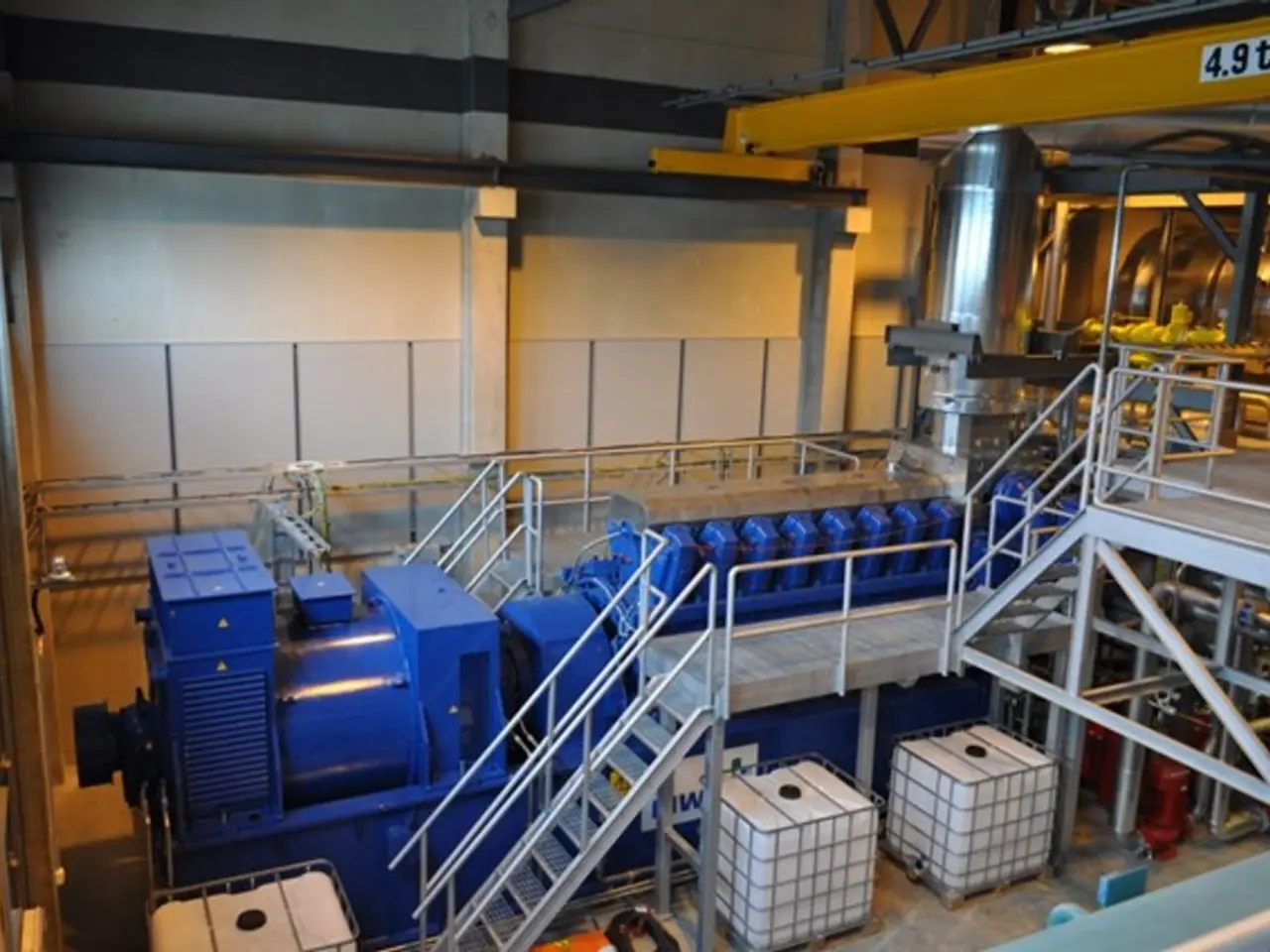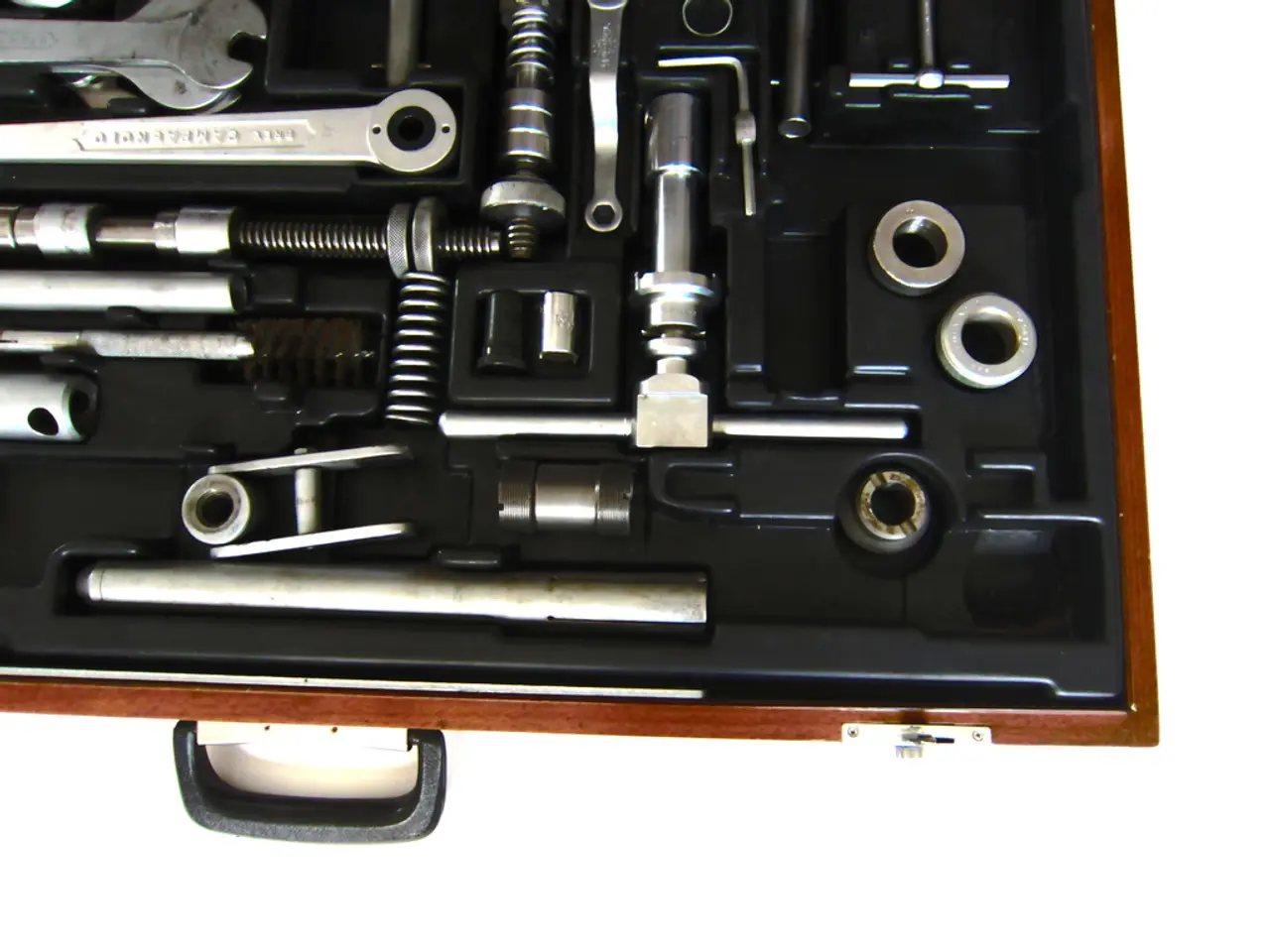Global Obstacles in Shipping Bulky Machinery Across Borders
International heavy equipment transportation plays a crucial role in facilitating seamless operations and enhancing project outcomes for construction and industrial projects on a global scale. This process involves the strategic movement of machinery from one location to another, often crossing international borders, and navigating diverse regulatory frameworks, infrastructure limitations, and logistics challenges.
The main types of international heavy equipment transportation include sea transport, air transport, road transport, and intermodal transportation. Each mode offers unique advantages, best suited for specific equipment, distances, and budgets.
Sea transport, which encompasses Roll-On/Roll-Off (RoRo) shipping, container shipping, and flat rack shipping, is the most economical for very heavy and oversized equipment, especially when shipping internationally. RoRo shipping allows equipment to be driven onto the ship and secured on the deck, making it ideal for operational, wheeled machinery. Container shipping is suitable for smaller or disassembled equipment, while flat rack shipping secures large or oversized equipment on flat racks loaded onto ships. The advantages of sea transport include high capacity, cost-effectiveness, global reach, and the ability to transport very heavy and oversized equipment that cannot fit into containers.
Air transport is the fastest mode for urgent deliveries of smaller, high-value equipment. It offers rapid transit times, high security, and reduced damage risk. However, air freight is often the most expensive option due to its high cost and limited capacity for very heavy or bulky equipment.
Road transport is used mainly for short-distance transportation within the same country or to/from ports. Equipment can be transported on flatbeds or lowboy trailers, offering moderate cost and speed, as well as flexibility in delivery locations. Road transport is often combined with sea or air transport for door-to-door service.
Intermodal transportation combines multiple modes (e.g., sea + rail + road) to optimize cost and transit times. This approach minimizes cargo handling between transfers, reducing damage risk, and offers routing flexibility. However, it requires complex coordination to avoid delays at transfer points.
In conclusion, selecting the best transportation method depends on the equipment size, urgency, distance, destination, and budget. Sea transport methods like RoRo and container shipping dominate for global heavy equipment movement due to their cost efficiency and capacity, while air and road serve complementary roles. Accessibility to specialized equipment is another significant advantage of international transportation, allowing businesses to procure machinery tailored to specific project needs, irrespective of geographical constraints.
Navigating diverse regulatory frameworks, including permits, customs clearance, and transportation regulations, is crucial to avoid delays, fines, or equipment confiscation. Efficient coordination among stakeholders, including suppliers, carriers, customs brokers, and project managers, is also crucial to ensure seamless operations across multiple transportation modes and international borders.
Businesses can acquire equipment from regions where costs may be lower, thus optimizing expenditure through international transportation. Careful cost management is essential to avoid unexpected expenses, considering factors such as fuel prices, currency fluctuations, insurance premiums, and import/export duties in budget planning.
Minimizing carbon emissions and adhering to environmental regulations should be prioritized through the selection of eco-friendly transportation methods and optimization of logistics routes. For exceptionally large or delicate equipment, specialized transport services like modular trailers, hydraulic platform trailers, and self-propelled modular transporters (SPMTs) are used, designed to accommodate oversized loads and navigate challenging terrains or urban environments with precision.
In a nutshell, understanding the diverse methods and types of transportation available enables businesses to effectively navigate international logistics challenges and maximize efficiency in their operations. Timely project execution is also facilitated through international transportation, allowing projects to adhere to schedules and deadlines.
The manufacturing industry and businesses can optimize expenditure by acquiring equipment from regions where costs may be lower, thanks to the cost-efficient nature of international transportation. However, careful cost management is essential to avoid unexpected expenses, considering factors such as fuel prices, currency fluctuations, insurance premiums, and import/export duties in budget planning.
The finance sector plays a crucial role in navigating complex logistics challenges. Efficient coordination among stakeholders, including suppliers, carriers, customs brokers, and project managers, is pivotal to secure funding and streamline operations across multiple transportation modes and international borders.




